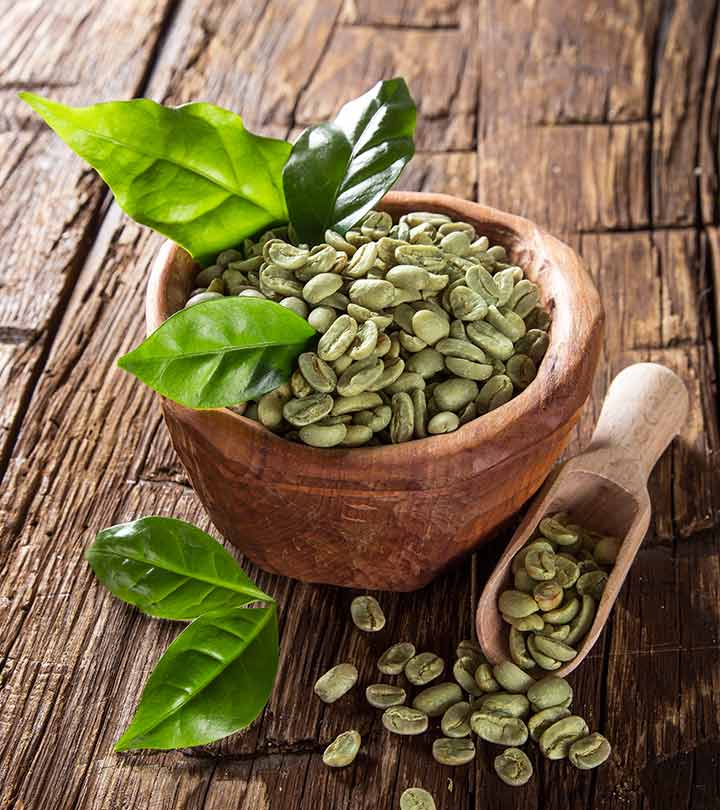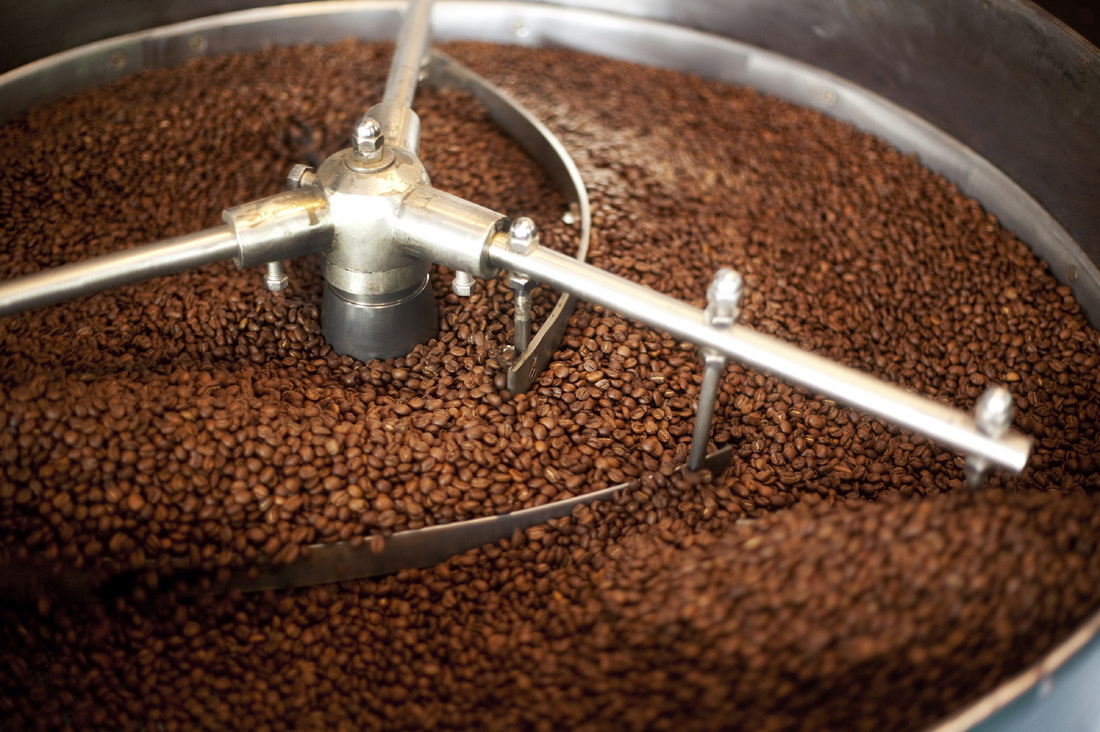
Green bean coffee is the seed of the coffee cherry before it has been roasted. It is simply unroasted coffee beans or one step before the coffee is roasted and given its brown color. Nepal’s climate is favorable for coffee plantation and production. Studies conducted now and then have continually bolstered the scope of coffee production in Nepal. Green beans in Nepal are considered as a special coffee for its distinct flavor, aroma and body. Coffee produced in Nepal is organic and is readily accepted as a specialty coffee in specific international markets.
We collect green beans parchments from different corners of Nepal. Parchments are collected from Gulmi, Syangja, Palpa, Argakhanchi, Gorkha, Lamjung and Sindhupalchowk. The beans are dry-milled to remove the parchment layers and are sent off to roasters and wholesalers globally. We collect 40 tons (approx.) of green beans per annum of which 10 tons of the green beans are distributed into the local markets. The demand for green beans is rapidly increasing every year. Consequently, we increase our collections by 10% every following year. Mostly, the beans are exported to Korea, Japan and Australia. The demand in Korea and Japan is commendable but marginally fewer in Australia.
Processing of green beans require hulling, cleaning and sorting. This involves removal of parchment, removal of miscellaneous debris that may have become mixed with the coffee during drying and sorting the coffee by the density of bean and by bean size. Later, the beans are graded into category A (of size 16mm) and category B (less than 16mm). A graded coffee beans are exported to international markets while B graded beans are exported to local markets
Toper has been manufacturing coffee roasting machines in Turkey since 1954, and today supply 133 countries worldwide. We have TKM-X 10 roaster that roasts up to 10kg of beans. They are the popular choice for Micro Roasters to roast specialty small estate coffee. Featuring simple controls to operate the drum and fan motors, heating of the drum and the cooling tray agitator. Integrated digital thermometer displays the temperature in the bean mass, and can be set to a top temperature which will turn off the drum heat when reached.
We roast 8 kg of beans at a time. This enables swift production and increases the efficiency of roasting. Toper uses two modes of energy, i.e. gas to heat the drum and electricity to rotate the drum. Roasting process also brings flavor and aroma to the green beans. Post roasting, the size of green beans is increased while the weight is decreased.


Roasting brings out the aroma and flavor that is locked inside the green coffee beans. Roasting causes chemical and physical changes to take place as the beans are rapidly brought to very high temperatures. Sugars and Carbohydrates in the coffee beans are emulsified and caramelized to extract the coffee oil. The degree of roasting leads to different level of extraction of coffee oil within the beans. This ultimately brings out different aromas and taste in the coffee. Roasted beans smell like coffee, and weigh less because the moisture has been roasted out. They are crunchy to the bite, ready to be ground and brewed. The difference between perfectly roasted coffee and a ruined batch can be a matter of seconds. Roasts fall into different categories.
Light: Light brown in color, this roast has low body and light acidity. There will be no oil on the surface of these beans because they are not roasted long enough for the oils to break through to the surface. They are too light in general and flavors are not developed to full extent.
Medium: This roast is medium brown in color with balanced acidity. The bean is more potent and mostly dry. Generally, it has a stronger flavor and a non-oily surface.
Espresso: Generally of dark brownish or rich dark color, this roast has droplets of oil on the surface. In this roast, acidity is slowly diminished. The bean is most potent at this roast and has slight bittersweet aftertaste.
Dark: They are shiny black beans with an oily surface. The beans will generally have a bitter, smoky or burnt taste.